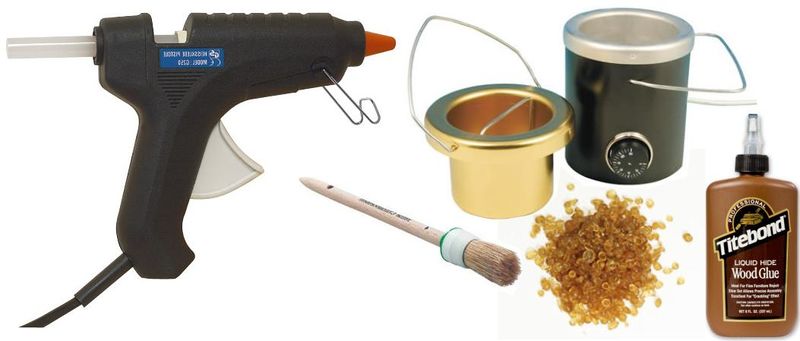Hot Melt Glues: Difference between revisions
From DT Online
m (Added category links) |
mNo edit summary |
||
| Line 15: | Line 15: | ||
[[Category:Primary]] | [[Category:Primary]] | ||
[[Category:Secondary]] | [[Category:Secondary]] | ||
[[Category: | [[Category:Adhesives]] | ||
Revision as of 09:05, 3 June 2015
Hot-melt glues are usually supplied in sticks which can be applied using a hot melt glue gun. Most surfaces can be stuck, including non-porous surfaces. They are used mainly for quick attachments, such as fixing parts of cardboard cartons together, and for general modelling and repair work, but are not really suitable for high precision work.
The glue sticks are available in different colours and can be used with small moulds to simulate injection moulding of plastics.
Safety Point! Take great care with hot glue guns and all hot-melt glues. The melted glue can stick to the skin and cause severe burns.
Traditional animal or hide glue had been used commonly in woodworking for centuries prior to the development of modern synthetic adhesives. It is now used mainly for antique restoration. It has the advantage that it can easily be softened with heat and water enabling parts to be repaired or replaced
It is available in the form of Pearl Glue which is melted using a glue pot suspended in boiling water. Cold versions of hide glue are also now available but they have a limited shelf life.
